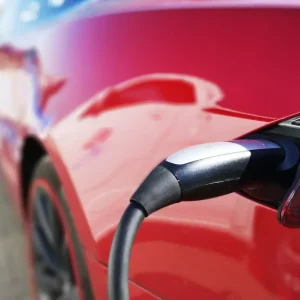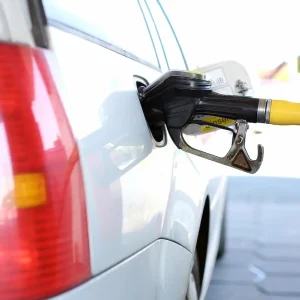It may only deal with one area in the vast spectrum of fleet management, but Arval’s Fleet Decision Toolkit does it very well and uses the internet to offer drivers something they aren’t getting in such comprehensive depth from their fleet manager or from other areas of the industry.
The toolkit, which was developed by Paul Marchment, Arval’s SME development manager, is a support device to help company car drivers in small and mid-sized fleets in particular get to the information they need when choosing their next company car. These are the fleets that are less likely to have an in-house expert to help make vehicle-related choices, and for that reason Arval developed the Fleet Decision Toolkit, offering a range of crucial information in an easily digestible format.
The help includes customisable functions detailing whether customers should lease or buy outright, whether free fuel is worth the tax implications, and advice for business owners.
The business owner element is interesting because it helps them understand whether their personal tax position makes it more cost-effective to lease a vehicle personally or through the company, taking into account 1A National Insurance contributions, benefit-in-kind linked to income tax, and fuel reimbursement rates, all of which can be tailored to an individual’s situation.
The leasing versus purchase tool enables fleets to understand, using sliding scales and different permutations, the differing total cost of the two alternatives across lease term, payment profile, annual mileage, depreciation, total business mileage and petrol cost per litre.
That leads into the true cost of ownership calculator, which presents the cost to the company and driver’s average monthly BIK bill across the term of the lease, compared with a range of rivals in a clear way that impressed the judging panel. The comparison is designed to highlight the benefits and costs of similar vehicles, according to user preferences, and gives an easy breakdown of what it will actually cost, along with other vehicles worthy of consideration, in order of how much cheaper or more expensive they are than the shortlisted model.
The free fuel calculator’s sliding bars make transparent the complicated issue of why this particular benefit is being taxed out of existence. It details the cost to the employer and employee, as well as the breakeven private mileage a worker needs to travel to be in the black compared with the tax they will incur.
All in all, it’s a good package of tools helping busy and under-resourced company car operators and drivers to make smarter and more tax efficient – which also tends to mean greener – choices.





